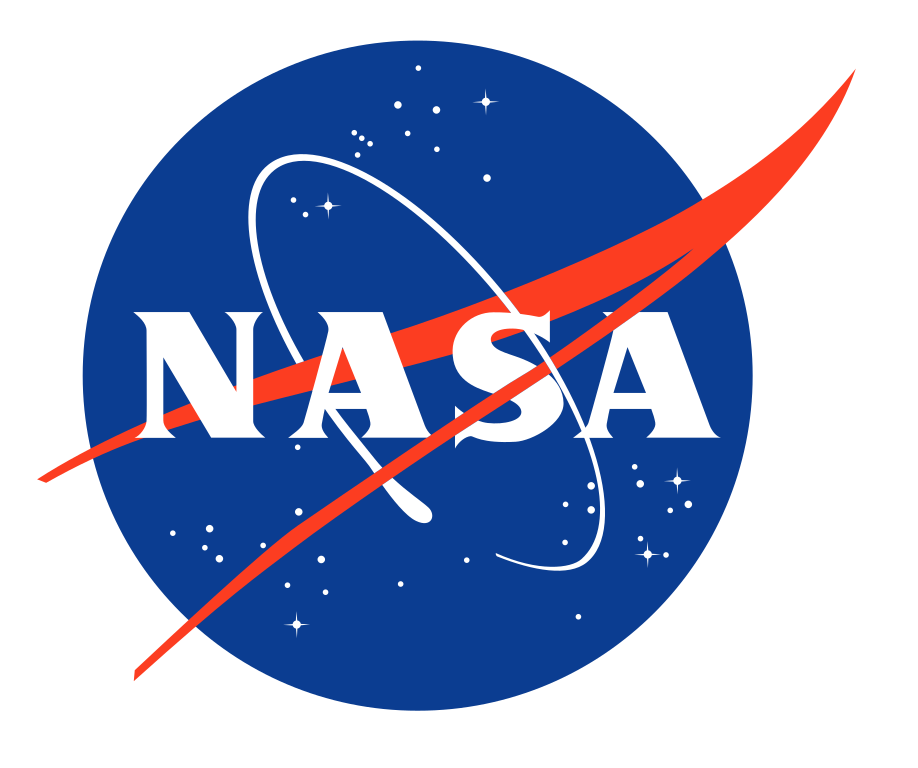The Future of Space Tourism
Space tourism, once relegated to the realms of science fiction, is now on the cusp of becoming a reality. With rapid advancements in technology and the emergence of private spaceflight companies, a new era of space exploration and adventure is dawning. In this article, we will explore the exciting developments, challenges, and potential impact of the future of space tourism.
-
The Future of Space Tourism
Space tourism, once relegated to the realms of science fiction, is now on the cusp of becoming a reality. With rapid advancements in technology and the emergence of private spaceflight companies, a new era of space exploration and adventure is dawning. In this article, we will explore the exciting developments, challenges, and potential impact of the future of space tourism.

-
The Pioneers of Space Tourism
Leading the charge in the commercial space race are companies like Virgin Galactic and Blue Origin. These companies have developed suborbital spaceplanes that promise to take paying customers on brief but exhilarating journeys to the edge of space. With celebrities like Richard Branson and Jeff Bezos making headlines for their own spaceflights, space tourism has entered the mainstream consciousness.

Virgin Galactic's SpaceShipTwo and Blue Origin's New Shepard both aim to offer passengers a few minutes of weightlessness and awe-inspiring views of Earth from the edge of space. The suborbital nature of these trips means they are relatively short and less expensive than traditional orbital missions, making space tourism more accessible to a broader range of people.
-
Orbital Dreams
While suborbital flights are grabbing headlines, the real future of space tourism may lie in orbital missions. Companies like SpaceX are actively working on spacecraft capable of carrying tourists on longer journeys around the Earth and even to the International Space Station (ISS). SpaceX's Crew Dragon, for example, has already transported astronauts to the ISS, and plans are in place to open it up to private individuals and space tourists.

-
Challenges and Risks
Space tourism is not without its challenges and risks. Safety is a paramount concern, as space travel remains inherently risky. Companies are working diligently to ensure the safety of their passengers, with rigorous testing and safety protocols. However, there will always be inherent risks associated with spaceflight.

Additionally, there are environmental concerns. Rockets emit greenhouse gases into the upper atmosphere, and as space tourism becomes more common, these emissions could have a significant impact. Companies are exploring ways to mitigate this, such as developing reusable rocket technology and exploring cleaner fuels.
-
The Growing Interest
Despite the challenges, interest in space tourism is soaring. Governments, such as Russia, have long offered trips to the ISS for a hefty fee. Space tourists like Dennis Tito have already blazed the trail. Now, a new wave of potential space tourists, from wealthy individuals to adventure seekers, is emerging.
Moreover, nations like the United Arab Emirates and China are investing heavily in their space programs and may soon open their doors to space tourists. This international interest in space tourism further emphasizes its growing appeal and potential.

-
The Broader Impact
As space tourism becomes more accessible and affordable, it has the potential to revolutionize not only space exploration but also the travel industry as a whole. Spaceports are being developed around the world, and the dream of space becoming a destination within reach for more and more people is becoming a reality.
In conclusion, the future of space tourism is filled with promise and excitement. While challenges remain, the prospects of experiencing the wonders of space are becoming increasingly attainable for a broader swath of humanity. As technology continues to advance, the next frontier may no longer be the stuff of dreams but a thrilling and tangible reality for those with the audacity to reach for the stars.


You must be logged in to post a comment.